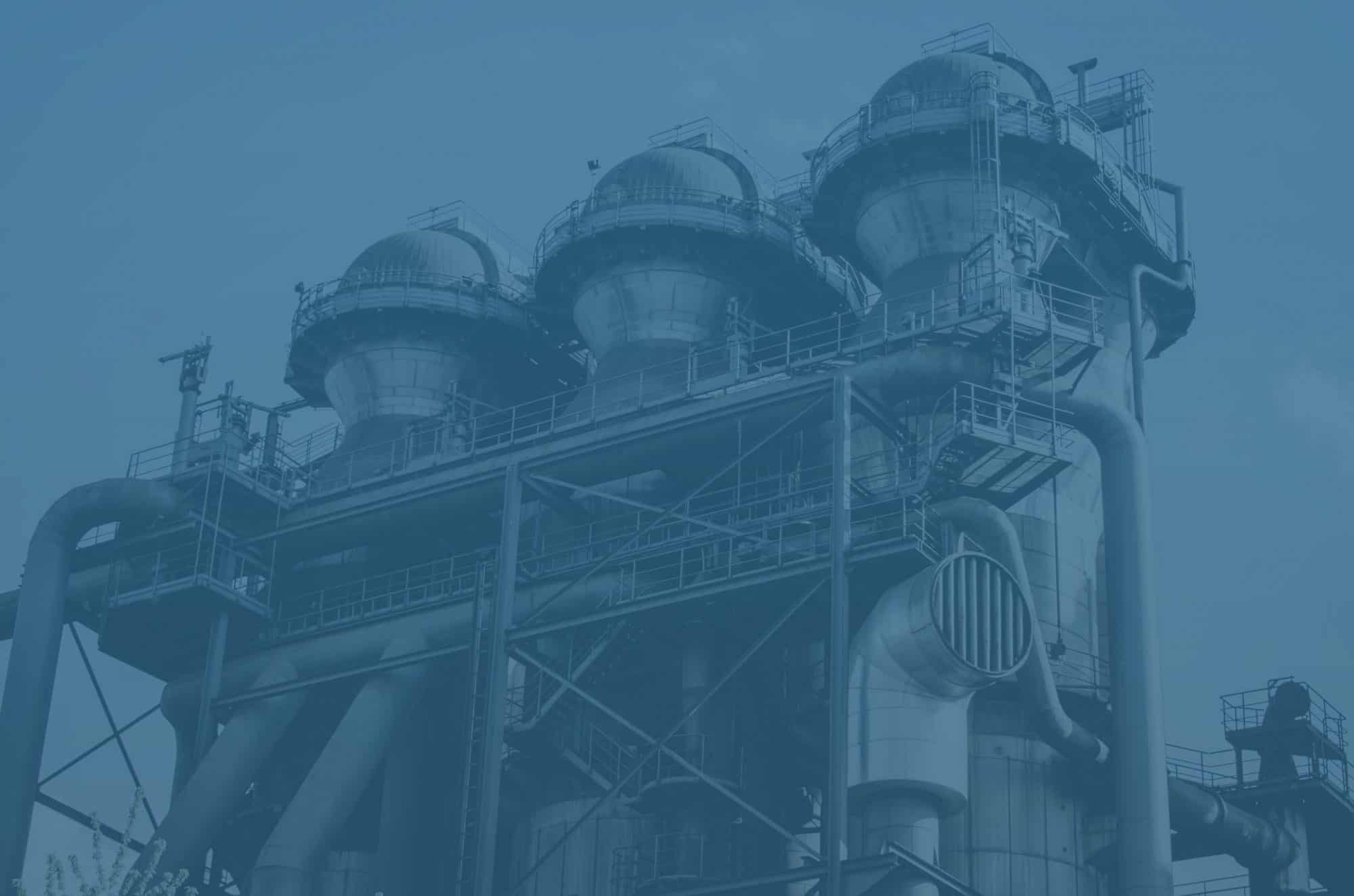Industrial noise causes many issues inside facilities. This is true for both the workers and any visitors that go there. Long term exposure can result in permanent damage. Also, if the noise levels are high enough, even short term exposure can be damaging. If you want to control the noise coming from sources like your steam vent, you should use our silencers. They are designed to keep noise levels to a minimum.
Two models
We commonly define noise as sound we don’t want. There are many strategies you can use to minimise the sounds your machinery produces. Silencers are among the most effective. This includes blowdown and vent ones. For both, the design is similar. The silencer is a blowdown model when they are blowing down a limited volume of gas. This is gas beginning at a high temperature and stopping at a low pressure over a given time.
For vent silencers, the design is for a constant flow. They find a considerable number of applications in system blow downs, purge outlets, and steam vents. Others uses include safety relief valve outlets and high pressure vents. Vent noise happens as a result of upstream pressure and temperature. The downstream piping, the valve size and type, and the kind of gas being vented also have an impact.
You may wish to use steam vent silencers effectively on installations like high-pressure vents. If so, you need to know about those factors influencing the noise.
Mass flow
One of them is mass flow. The greater it is, the noisier everything becomes. So, if possible, you can reduce the noise by reducing it.
Type of gas and its weight
Another important factor is the type of gas and its molecular weight. Lighter gases are louder. Sadly, it is usually not possible to make changes here.
Temperature
Next up is temperature. Higher temperatures cause lighter gas flows, resulting in higher noise levels. Therefore, you can sometimes reduce sound by cooling the gas.
Upstream vs downstream pressure
This is also significant. The greater the upstream pressure is relative to downstream, the noisier it will be. So, if you can depressurise upstream, it can make it quieter.
Choke flow
The last factor we will cover is choke flow. This occurs when upstream pressure is around twice that of downstream or higher. Things become much noisier here.
Talk to us and choose a steam vent silencer or any other style
At Ventx, we’ve had the chance to assist countless clients with their noise problems. Thanks to our acoustic modelling software, we can create the ideal silencer for you. It could be one for a steam vent or another installation.
So, if you wish to work with us, feel free to get in touch.









